
Both Chenin Blanc and Chardonnay are classic French white wines, but just what sets them apart?
Chenin Blanc and Chardonnay produce dry white wines. Chenin Blanc is versatile, offering off-dry and dessert options, with higher acid, lighter body, and intense aromas of pear, melon, and quince. Chardonnay, softer in acid and heavier-bodied, exhibits citrus, apple, peach, and pineapple flavors, sometimes with buttery, toasty notes. Chenin Blanc suits salads and herbed white meat, while Chardonnay complements cream-based sauces, white bean soups, and roasted veggies.
Chenin Blanc and Chardonnay are mouthwatering white wines, but they have some key differences in terms of their history and wine characteristics.
Here’s what you need to know about Chenin Blanc vs Chardonnay.
- Is Chenin Blanc same as Chardonnay?
- Where Is Chenin Blanc from?
- Where Is Chardonnay from?
- What’s the Difference Between Chenin Blanc and Chardonnay Wines?
- What Is Sweeter Chenin Blanc or Chardonnay?
- Which is drier: Chenin Blanc or Chardonnay?
- Chenin Blanc versus Chardonnay Alcohol Content
- Which Is More Expensive: Chenin Blanc vs Chardonnay
- Which is better Chardonnay or Chenin Blanc?
- Chenin Blanc vs. Chardonnay for Cooking
- What’s the Serving Temperature for Chenin Blanc and Chardonnay?
- Chardonnay vs. Chenin Blanc Food Pairing
- Conclusion: Chenin Blanc vs Chardonnay – Both Are Winners!
Is Chenin Blanc same as Chardonnay?
No, Chenin Blanc is not the same as Chardonnay. Chenin Blanc and Chardonnay are two different white wine grape varieties. Chenin Blanc is a versatile grape and can make wines that taste similar to some styles of Chardonnay, but they are different grapes.
Where Is Chenin Blanc from?
Originally from the Pineau region in the Loire Valley, France, Chenin Blanc remains closely connected to its origins where it makes a range of white wines – from dry, to sweet, and even sparkling. But it has done some traveling. Today, Chenin Blanc is the most widely planted grape in South Africa, where it goes by the name “Steen”.
Fun Wine Fact: In the 1980s, California had more Chenin Blanc planted than France, but it fell out of favor. Today, Chenin grapes are used to make non-descript, non-vintage white table wine in California. If you have a bottle of generic White California Wine, it probably has some Chenin Blanc in it.
Like many other wines, Chenin Blanc can go by different names. If you see any of the following on a bottle of white wine, it’s Chenin Blanc:
- Steen (South Africa)
- Bonnezeaux
- Pineau de la Loire (home of Chenin Blanc)
- Savennières (arguably some of the highest quality Chenin Blanc in the world)
- Vouvray
- Quarts de Chaume (one of the world’s most exclusive dessert wines)
Where Is Chardonnay from?
Chardonnay is from the Burgundy region of France, southeast of Chenin Blanc’s home. Chardonnay enjoys tremendous popularity and today you’ll find Chardonnays made around the world, from France to California, to Australia, and everywhere in between.
Fun Wine Fact: Chardonnay from Burgundy is called White Burgundy. The label might not even have the word “Chardonnay” on it. The producer just assumes you know it’s Chardonnay. Not super helpful for new wine drinkers. Red Burgundy is always Pinot Noir.
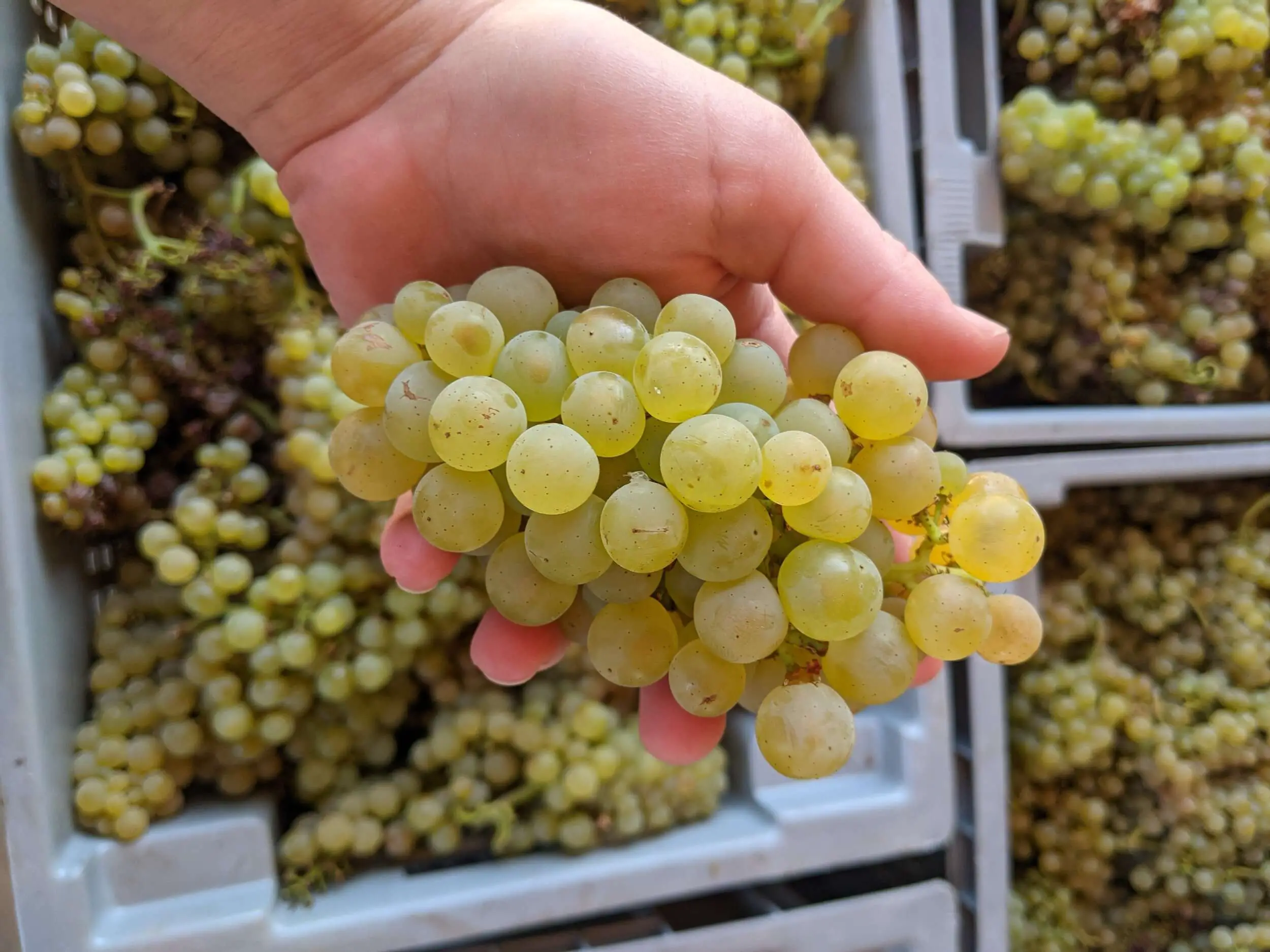
Chardonnay adapts to the local environment and does well in both warm and cooler growing conditions. Knowing where your Chardonnay is from will help you pick a wine that you like! Keep reading to find out how.
Fun Wine Fact: Chardonnay is the most popular white wine in the US. But wait, there’s more! Check out these 5 Fun Chardonnay Facts and this full guide to Chardonnay wine.
What’s the Difference Between Chenin Blanc and Chardonnay Wines?
| Characteristics | Chenin Blanc | Chardonnay |
|---|---|---|
| Hue | Pale to medium lemon | Pale to deep lemon |
| Color | White | White |
| Aromas | Apple, pear, honey | Apple, citrus, butter |
| Sweetness | Dry to sweet | Dry |
| Acid | Moderate to high | Moderate |
| Alcohol (%) | 12-14% | 13-15% |
| Body | Light to medium | Medium to full |
| Intensity | Moderate | Moderate to pronounced |
| Key Growing Regions | South Africa, France | France, USA, Australia |
| Classic Pairings | Spicy dishes, seafood | Poultry, seafood, creamy dishes |
| Price Range | $10-$30 | $10-$50 |
Chenin Blanc is known as a versatile white wine that can be made into any wine style – dry, off-dry, sparkling, or even sweet. Chenin has a light body, that’s often soft with a pear and citrus core and high acid.
Chenin Blanc is more aromatic than Chardonnay, with aromas jumping out of the glass. Chardonnay is almost always made into a dry white wine. Chardonnay has a fuller body than Chenin Blanc, often with softer acid, and flavors like apple, lemon, peach, nectarine, and sometimes even pineapple.
Helpful Tip: Here’s a 30-second tasting tip to help you identify the fruits and floral notes you’re smelling in white wine.
Chardonnay may also have toast, caramel, and butter notes from the winemaking process, unlike Chenin Blanc, thanks to oak and malolactic fermentation.
Helpful Tip: Here’s an overview of what oak adds to wine.
Chardonnay Wine Flavors

- Lemon
- Green or Yellow Apple
- Nectarine
- Peach
- Pineapple
- Toast
- Caramel
- Vanilla
- Butter
Unlike Chenin Blanc, winemakers often use oak to age Chardonnay to give the wine toast, caramel, and vanilla notes. They also will put the wine through a process called malolactic fermentation – or malolactic conversion – to soften the wine and give it buttery notes and more mouthfeel.
Helpful Tip: If you’re curious about malolactic fermentation, I put together this slightly nerdy post: Why does my wine taste like butter?
Moreso than Chenin Blanc, Chardonnay finds itself planted in a diverse range of growing climates, from cool to hot. Chardonnay reflects the growing conditions in its flavor profile.
Cool climate Chardonnay has more citrus, like lemon, lime, and grapefruit, as well as green apples and underripe stone fruits, like white nectarine and peach. Cool climate Chardonnays include:
- Chablis
- Niagra Peninsula
- Petaluma Gap
- Santa Ynez Valley
- Yarra Valley
Warmer climate Chardonnay has ripe, tropical fruit, like pineapple, mango, or even peach jam and lemon curd. Warmer climate Chardonnays include:
- Napa Valley
- California’s Central Valley
- Chile’s Central Valley
Helpful Winebuying Tip: When you’re shopping for a Chardonnay, read the label carefully – look for flavors that point to a cooler or warmer growing climate depending on the Chardonnay wine style you like.
Chenin Blanc Wine Flavors

- Pear
- Quince
- Citrus
- Lemon Verbena
- Honey
Helpful Tip: Here’s a deep dive into Chenin Blanc tasting notes that will give you a full overview of the range of styles and flavors this little white grape can off you.
What Is Sweeter Chenin Blanc or Chardonnay?
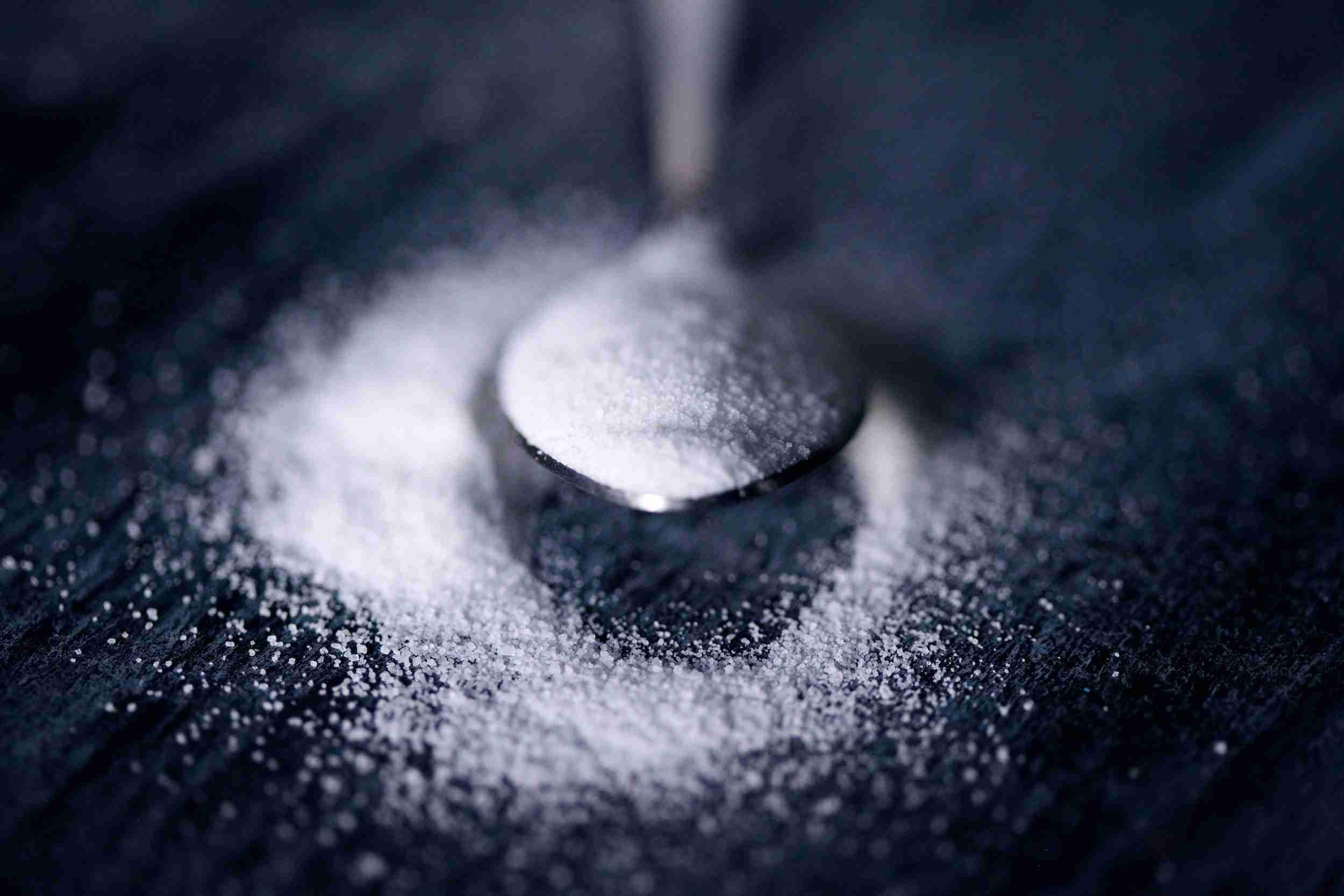
Chenin Blanc can make off-dry and sweet white wines, which are sweeter than Chardonnay. Chardonnay is almost always made into a dry white wine. If you have a dry Chardonnay and a dry Chenin Blanc, the Chenin Blanc may taste sweeter thanks to its intense, pure, juicy fruits, which can trick your taste buds into thinking there’s sweetness, even if the wine’s dry. A dry but buttery, oaked Chardonnay may taste sweeter than a dry Chenin Blanc thanks to the warm spice and vanilla notes.
It’s worth noting that sweetness can vary depending on the specific winemaking techniques used.
Helpful Tip: Here’s a full rundown of sweetness in wine that’s useful if you’re trying to figure out if your wine’s sweet (or not).
Which is drier: Chenin Blanc or Chardonnay?
Both Chenin Blanc and Chardonnay make dry white table wines. Chenin Blanc is also used to make off-dry white wines. If you see any of the following words on a Chenin Blanc wine label, then it is off-dry or sweet:
- Sec-Tendre
- Demi-Sec
- Moelleux
- Off-dry
- Medium Sweet
So, to answer the question: Is Chenin Blanc a sweet or dry wine? Chenin Blanc can be sweet or dry. Read those labels carefully!
Sparkling Chenin Blanc versus Sparkling Chardonnay – Bring out the Bubbles!
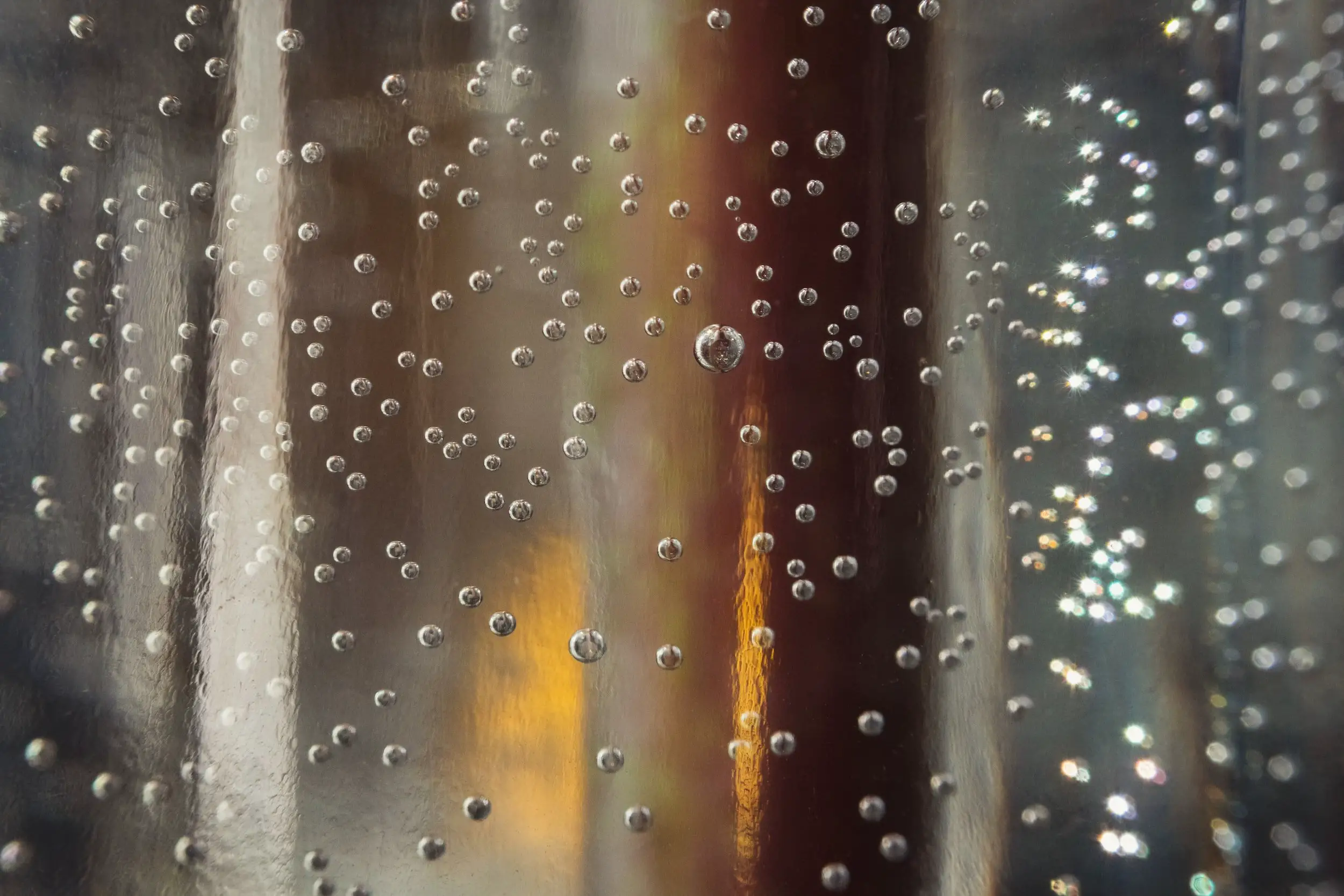
Fun Wine Fact: Both Chardonnay and Chenin Blanc are used to make sparkling white wines.
Chardonnay is one of the 3 main grapes used to craft traditional French Champagne (the other 2 grapes are Pinot Noir and Munier).
Chenin Blanc is used to make traditional method sparkling wines in South Africa, called Cap Classique, and also sparkling French wines in the Loire Valley, called Cremant.
Chenin Blanc versus Chardonnay Alcohol Content
The level of alcohol in Chenin Blanc vs Chardonnay is directly related to the growing climate. Warmer regions mean riper grapes and more sugar accumulation that can be fermented into alcohol (higher alcohol wines). Almost all Chenin Blanc and Chardonnay dry white table wines will have medium alcohol (11%-14% ABV).
If you’re concerned about alcohol content, then choose wines that are from cooler growing regions.
Helpful Wine Shopping Tip: Hotter growing climates help grapes accumulate more sugar. More sugar means more alcohol. Higher alcohol wines have more body. So, a high-alcohol Chardonnay (14.6% ABV), will be heavier than a lower-alcohol Chenin Blanc (12.5% ABV). Reading wine labels can help you pick out the wine style you want: heavier or lighter?
Which Is More Expensive: Chenin Blanc vs Chardonnay
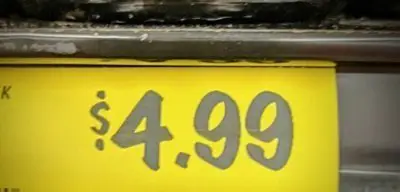
A 90+ point Chenin Blanc from France will cost less than a 90+ point White Burgundy (Chardonnay) from France. Chenin Blanc isn’t as popular or as widely grown as Chardonnay, and doesn’t have the same classic reputation as Chardonnay.
As a result, Chenin Blanc’s often less expensive than Chardonnay.
Chenin Blanc and Chardonnay made in other countries can be similarly priced for similar quality levels.
Chardonnay enjoys huge popularity with wine drinkers and, as a result, you’ll find single varietal Chardonnay at all price points – from extreme-value wines up to super-premium bottles.
Don’t be fooled!
Both Chenin Blanc and Chardonnay can sell for hundreds, if not thousands, of dollars when made by prestige producers – a sign that both wines are worthy of your attention.
Which is better Chardonnay or Chenin Blanc?
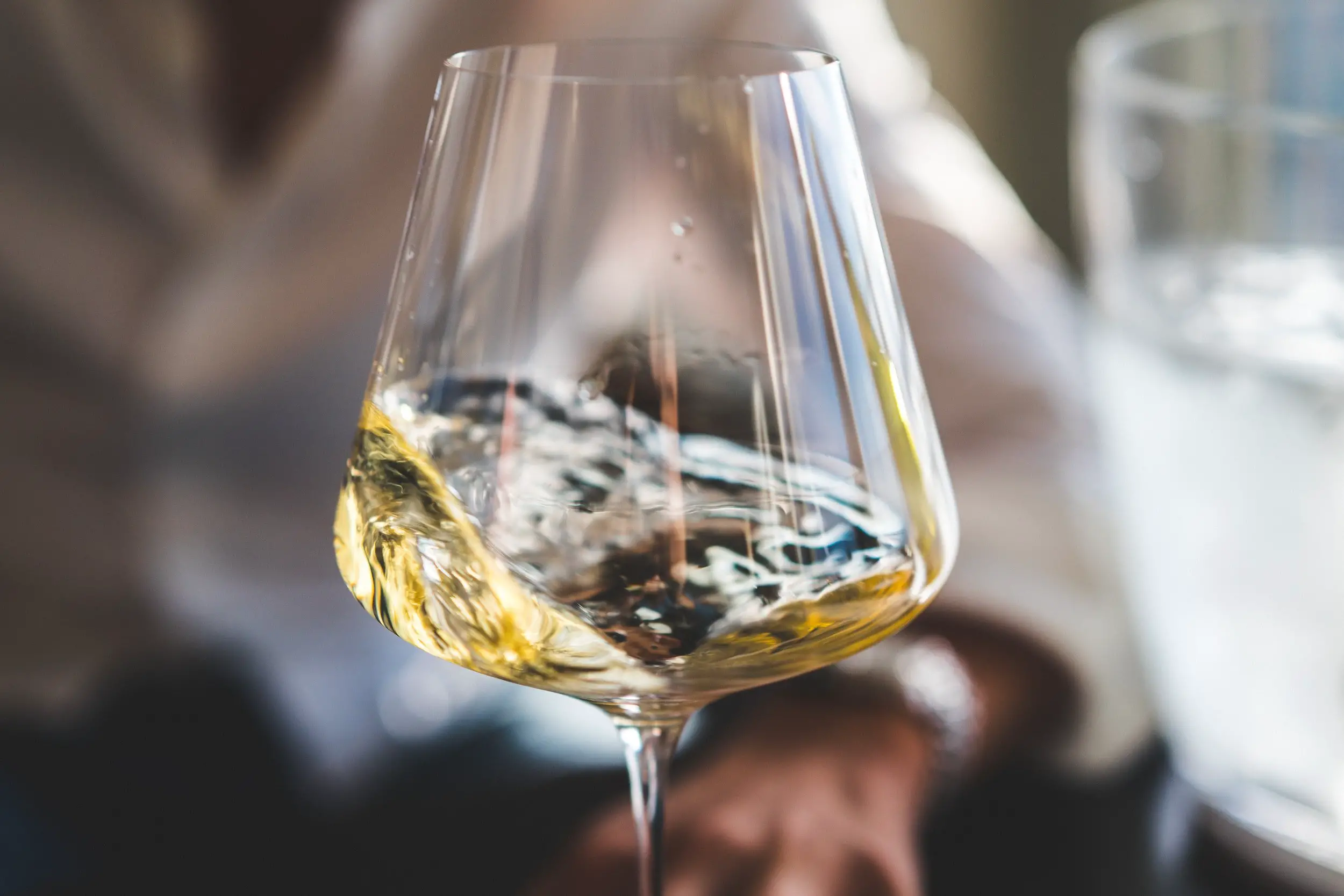
If you like fuller-bodied white wines with softer acid, spice, and a more rounded mouthfeel, then Chardonnay is the better wine. If you like higher-acid, lighter-bodied white wines that forefront pure fruit, then Chenin Blanc is better. If you want a slightly sweet white wine, then an off-dry Chenin Blanc is what you’re looking for.
Chenin Blanc vs. Chardonnay for Cooking
Chardonnay wines are generally more affordable and more widely available, making them a better choice for cooking. However, if you’re going to be drinking the wine too (and who doesn’t?), then choose the one that you want to drink. Both are interchangeable for cooking.
What’s the Serving Temperature for Chenin Blanc and Chardonnay?

Both Chenin Blanc and Chardonnay are served chilled. Put both wines in your refrigerator the day before you drink them (at least 3 hours before you open the bottle).
- Take the bottle out 10-15 minutes before pouring.
- If either wine seems closed (not very aromatic), give it a good swirl and let it warm up for 5-10 minutes.
Helpful Tip: To chill or not to chill? This is always a wine question – so I put together this post that goes over what wines to chill and for how long that anyone can use!
Chardonnay vs. Chenin Blanc Food Pairing
Chardonnay and Chenin Blanc both lend themselves to lighter foods, like summer salads and cheese plates. That said, they both make excellent solo-sippers, no food required, if you’re looking for a white wine to enjoy on a lazy afternoon.
Helpful Wine Tip: Food and wine pairing is one of life’s greatest hedonistic pleasures Here’s a useful wine and food pairing how-to. Yum!
Let’s get into Chenin Blanc and Chardonnay food pairings!
Chenin Blanc Food Pairing Ideas
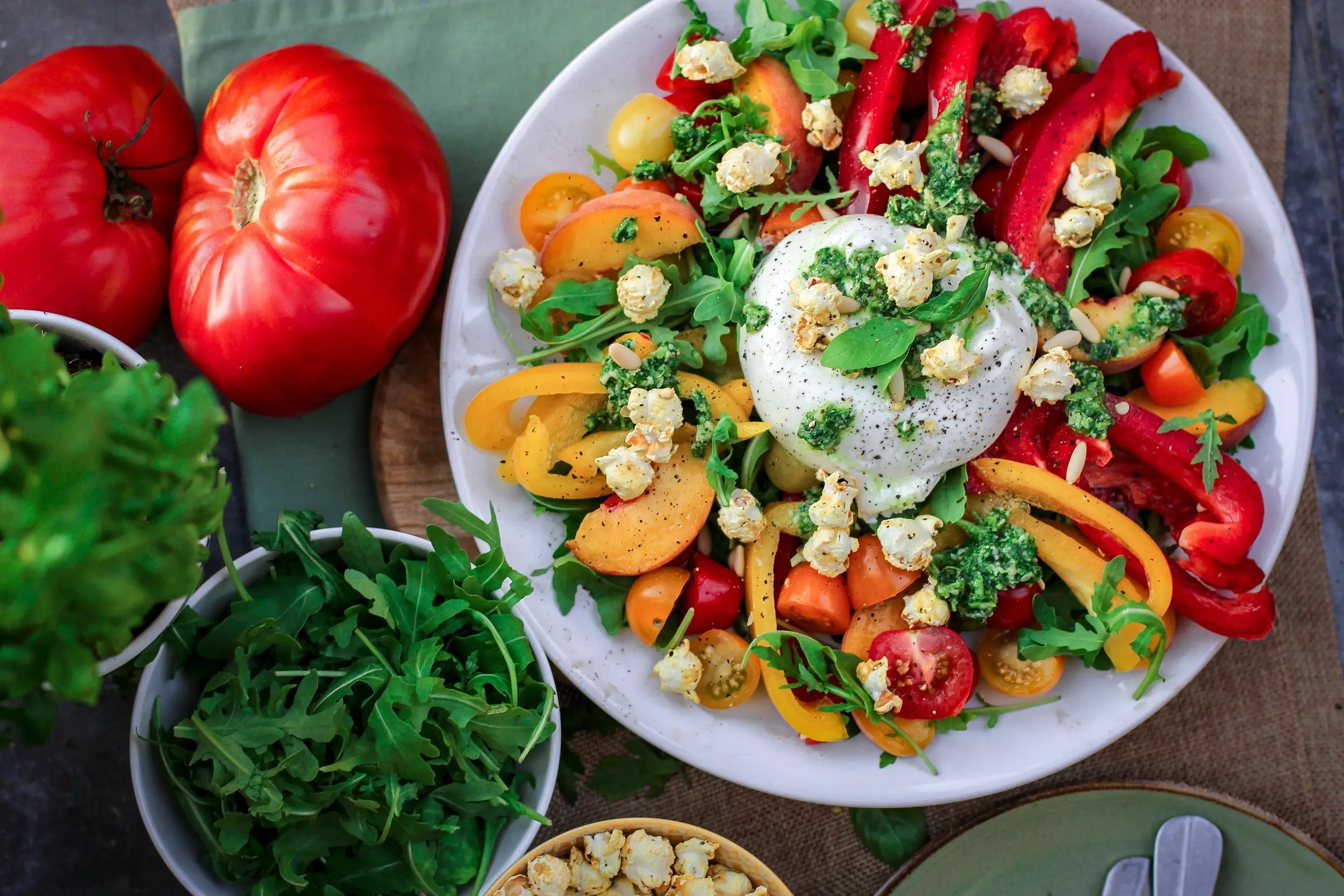
Chenin Blanc pairs beautifully with delicate flavors like herbs and savory spices, making it great for mild curries, spring vegetables, and hors d’oeuvre.
- Grilled, Roasted, and Raw Vegetables
- Ceviche
- Herbs
- Salads
- Quiche
Discover more Chenin Blanc food pairing ideas in this post: 13 Foods that Pair with Chenin Blanc that You Can Make Tonight.
Chardonnay Food Pairing Ideas
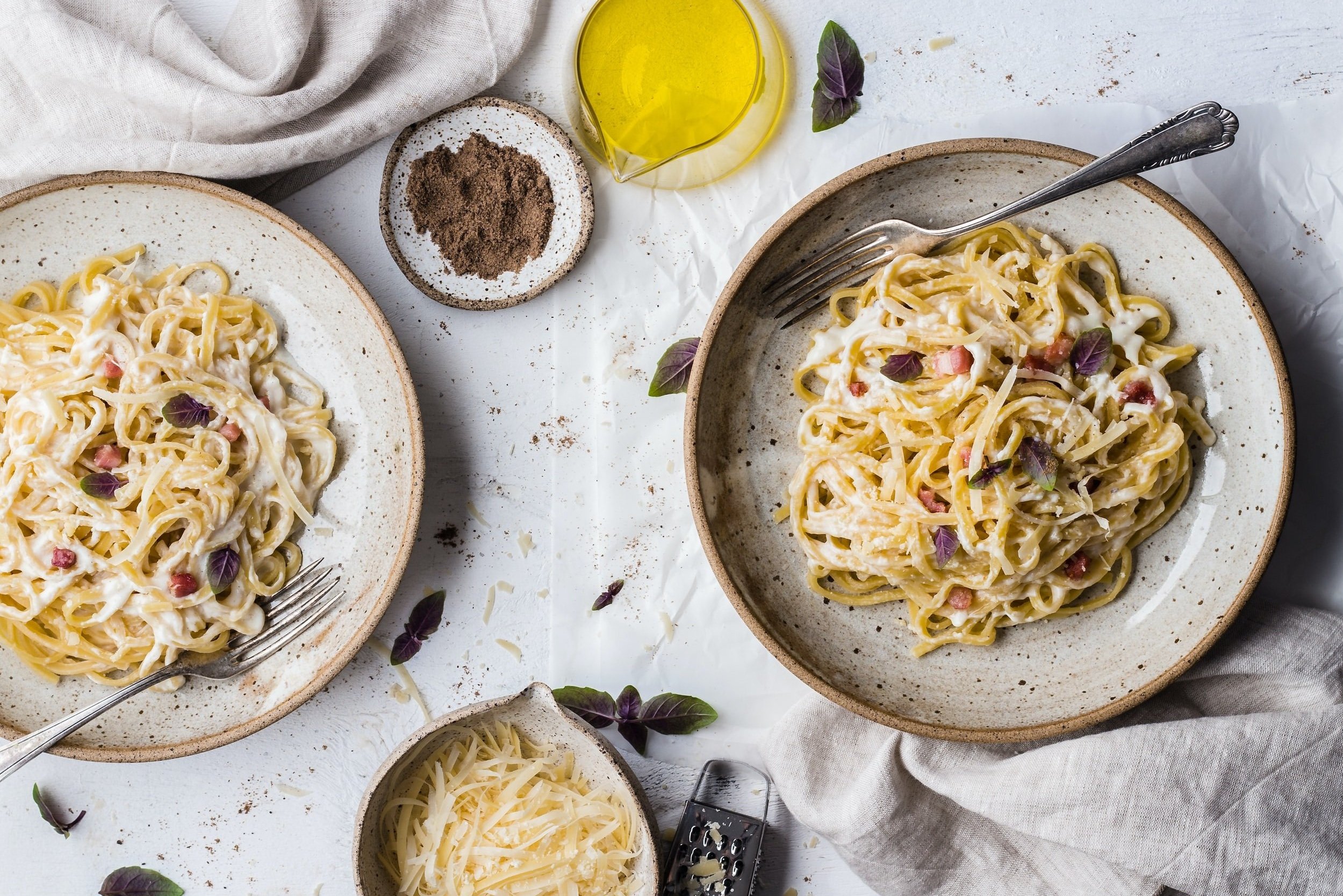
Chardonnay’s classic rich and creamy body lends itself to dishes with more weight, though it works with the same foods as Chenin Blanc, too. Think earthy, umami flavors. Here are some ideas to get you started:
- Spaghetti Carbonara
- Beef Stroganoff
- Lentil Soup
- Roasted Carrot Soup
- Grilled Portabello Mushrooms
Side Note: Chardonnay’s a personal favorite. I drink it regularly with great indulgence. Here are my 5-go-to weekday Chardonnay pairings, and this Chardonnay cheese pairing guide.
Conclusion: Chenin Blanc vs Chardonnay – Both Are Winners!
Chenin Blanc wines offer a fruit-forward white wine drinking experience. If you enjoy light fruited white wines, then stick with Chenin Blanc. If you’re into rich, creamy white wines with warmth and body, then Chardonnay is the wine for you.
A great way to get started with these two wines is by doing a side-by-side comparison. Pick up two bottles of similarly-priced wines: 1 bottle of Chenin Blanc and 1 bottle of Chardonnay. Pour yourself a glass of each, side-by-side, and taste them slowly.
- Can you smell the difference in the power of the aromas? (Chenin Blanc should be more aromatic)
- Can you feel the difference in the wine’s acidity? (Chenin Blanc often has more acid and make your mouth pucker more than the Chardonnay)
- Can you feel the difference in the wine’s body? (Chardonnay should feel heavier on your tongue compared to the Chenin Blanc)
- Can you tease out the different fruit flavors?
A side-by-side comparison is the best way to understand the differences between these two beloved wine grapes – and also super fun!
Discover More
Thirsty for More?
Chenin Blanc just isn’t as well-known as some of the other white wine grapes. Here’s another comparison post: Chenin Blanc vs. Sauvignon Blanc that may be useful, along with Chenin Blanc vs. Riesling.
Doing side-by-side tastings, or wine flights, are the best way to learn about wine. So, I wrote a post on wine flights, and what they are, and include 16 ideas for your next wine flight. Go check out wine flights here.



